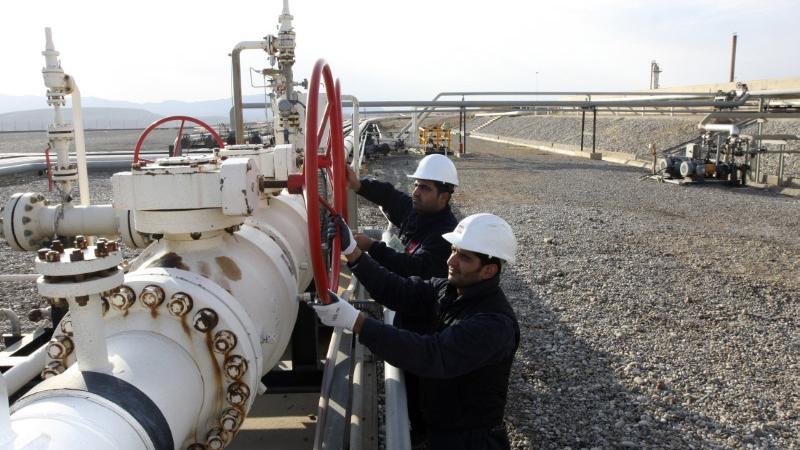
The outlook for global oil markets darkened on Thursday after the International Energy Agency (IEA) said that slowing demand for crude in the wake of restrictions imposed to curb the fast-spreading Delta variant is colliding with a recent increase in global crude production.
But the news is likely to be welcomed by the White House, which on Wednesday prodded the Organization of the Petroleum Exporting Countries (OPEC) to open the oil taps further, which would help lower petrol prices in the United States during the height of the summer driving season.
The IEA’s latest oil market report said that global oil demand “abruptly reversed course in July, and the outlook for the remainder of 2021 has been downgraded due to the worsening progression of the [coronavirus] pandemic and revisions to historical data”.
Restrictions to curb the spread of the coronavirus’s Delta variant in China, the world’s largest importer of oil, as well as other parts of Asia are chipping away what had been a renewed appetite for crude this year.
The IEA now sees global oil demand rising by 5.3 million barrels per day (bpd) on average to 96.2 million bpd this year, and by a further 3.2 million bpd in 2022.
The timing could not be worse for the OPEC and its allies – a grouping known as OPEC+.
Last month, OPEC+ members agreed to open the taps to the tune of 400,000 bpd each month starting in August – a move meant to unwind output cuts imposed at the height of the pandemic last year.
That helped the world oil supply increase by 1.7 million barrels per day in July to 96.7 million barrels per day, the IEA report found. Production was also boosted after Saudi Arabia, OPEC+’s biggest producer, ended its voluntary production cuts and North Sea production rebounded after undergoing maintenance.
It wasn’t just OPEC+ members that increased oil production: producers outside of the cartel increased their output by 600,000 barrels per day this year, and their supply is “expected to rise by 1.7 million barrels per day in 2022, with the US accounting for 60 percent of the growth”, the IEA found.
OPEC released its own monthly oil market report on Thursday. The cartel’s outlook is only slightly rosier than the IEA’s.
OPEC sees oil demand rising by about 6 million bpd to an average of 96.6 million bpd this year – increasing by a further 3.3 million bpd in 2022 for an average of 99.9 million bpd.

